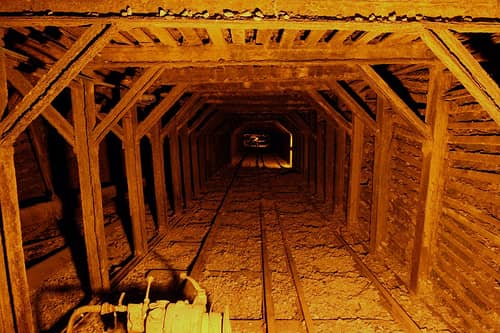It is no secret that the coal industry is dying. It is being rapidly replaced by renewable energy systems. However, the remnants of heavy coal mining can not disappear overnight. Mining equipment and technology need to be put to some other use and a UK based startup is trying to do exactly that.
The startup called Gravitricity was recently awarded by $900,000 from the British Government as backing for its project. The project uses a 2,000-ton suspended weight system to capture and make energy. The website claims that the process is “based on a simple principle: raising and lowering a heavy weight to store energy.” Similar to a pendulum, the weight of the system keeps everything going.”
A single Gravitricity system has the capacity to produce as much as 20 MW of power in mine shafts ranging from 500 to 5,000 feet depth. The website boasts an efficiency of 80 to 90 % and claims a response time to go from zero to full power as less than a second.
They claim that each unit can range between 1 and 20 Mw of peak power with as long as 8-hour durations. The system can function without degrading for 50 years and has huge cost saving benefits. No new structure has to be built for the technology and the old mine shafts can serve as the existing infrastructure.
Charlie Blair, Gravitricity’s managing director told Business Green, “As we rely more and more on renewable energy, there is an increasing need to find ways to store that energy – so we can produce quick bursts of power exactly when it is needed,” he explained. “When there is excess electricity, for example on a windy day, the weight is winched to the top of the shaft ready to generate power. This weight can then be released when required – in less than a second – and the winches become generators, producing either a large burst of electricity quickly, or releasing it more slowly depending on what is needed.”

